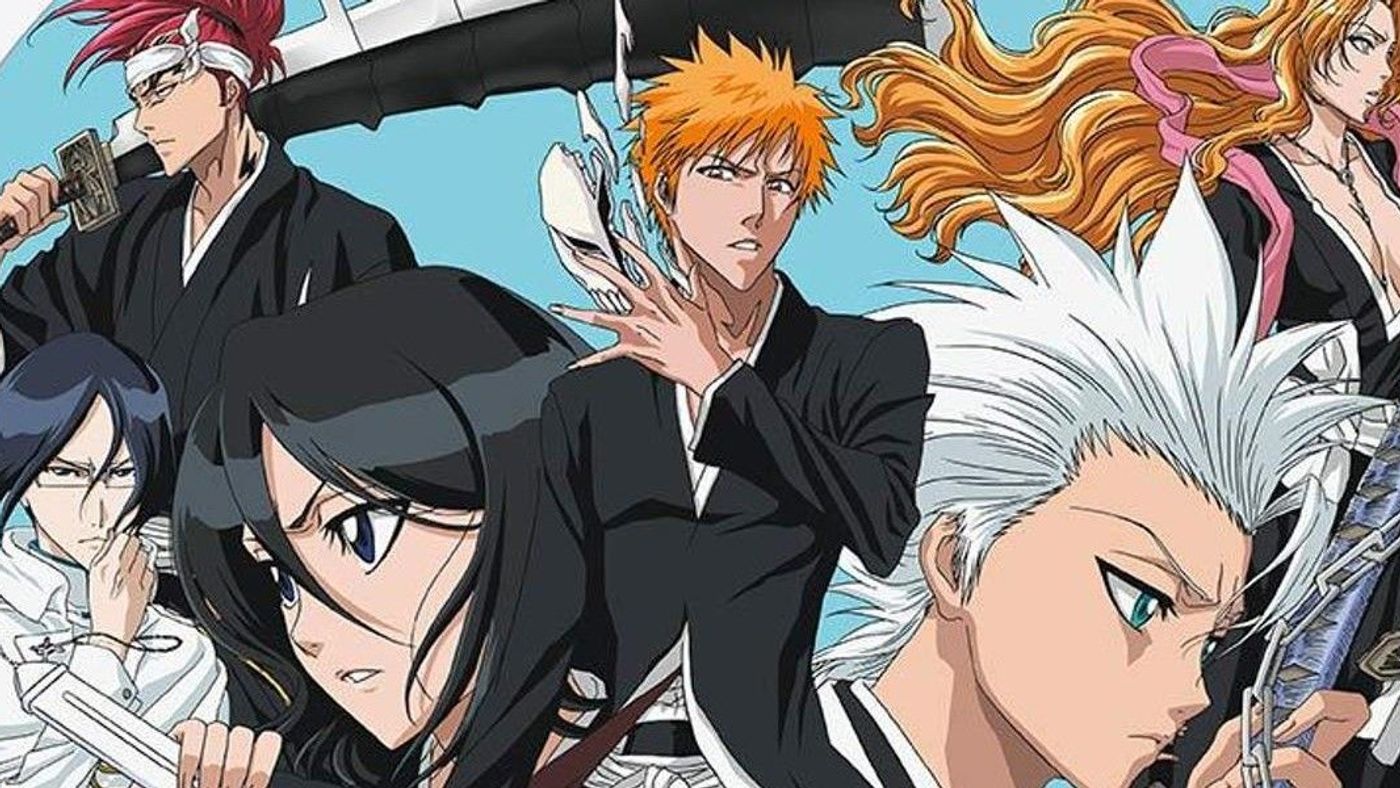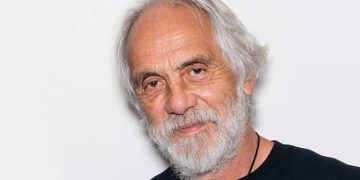Back in the early 2000s, the anime series Bleach rose to popularity alongside Naruto and One Piece as a pillar series defining the action-packed Shonen genre. With its ghostly spiritual world, swordfighting action, and a cast of vivid characters, Bleach captivated viewers and readers.
Even today, years after the show’s conclusion, fans still debate and discuss their favorite moments and characters from the long-running supernatural saga.
We aim to contribute to this ongoing conversation by counting down the top 10 most-voted Bleach characters by Japanese fans.
Top 10 Most Popular Bleach Characters
We’d love to hear whether fans agree with our numbered list based on Japanese fans’ votes, what your own favorites from the show’s 15-year history may be, and why you found them so impactful.
10. Yoruichi Shihoin
The character Yoruichi Shihōin showcases both integrity and levity within the Bleach story, which has made her a fan favorite.
As the former leader of Squad 2 and head of a noble family, she held great status yet sacrificed her rank and prestige without hesitation solely to rescue wrongly accused Kisuke Urahara.
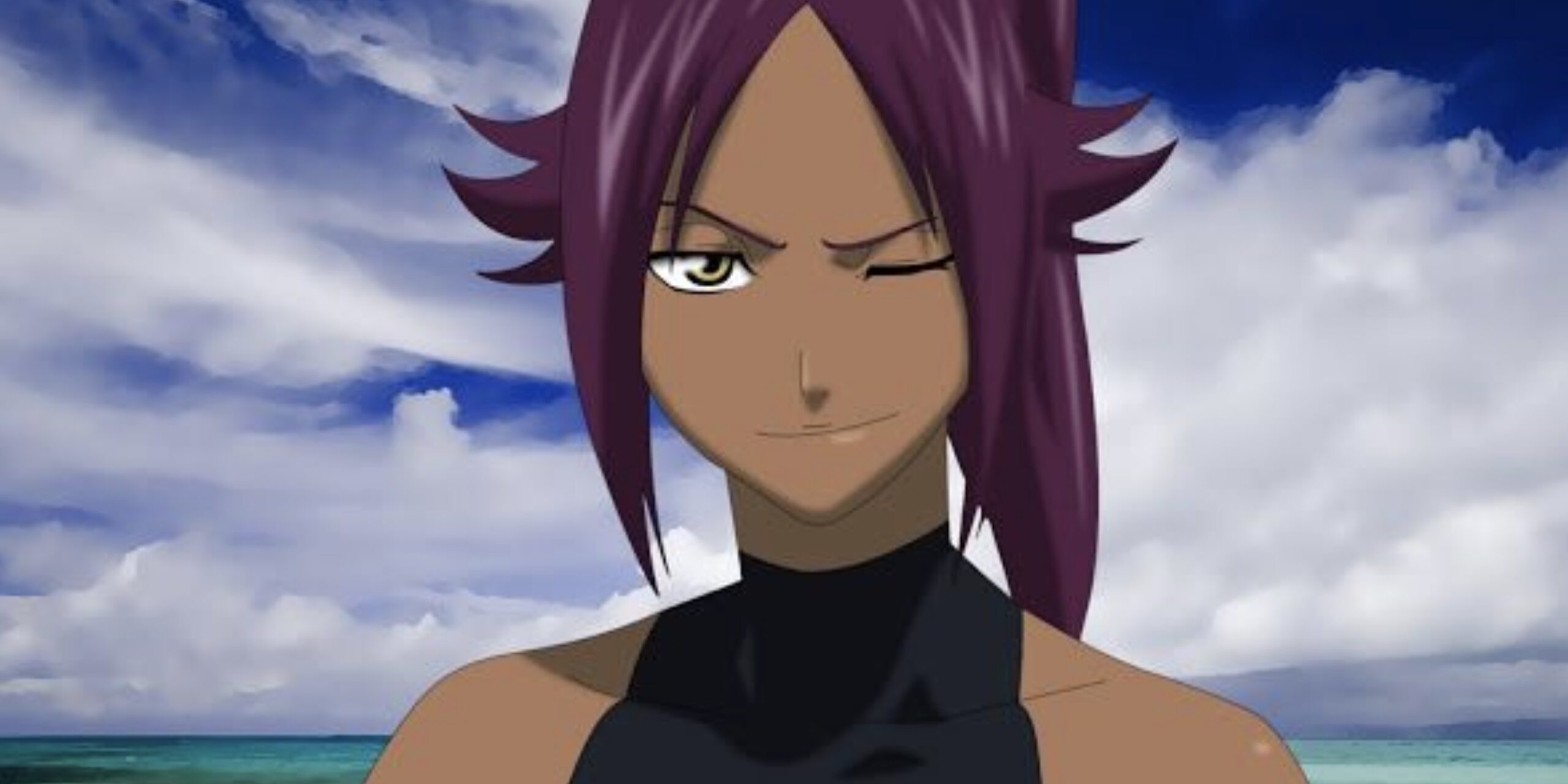
Though branded a fugitive, with no regrets, she gave up everything familiar to wander for over a century in exile. Her selfless devotion to friends-in-need and forsaking privilege for principles have rightfully earned Yoruichi the widespread respect and admiration of Bleach devotees.
Yet simultaneously, her shape-shifting abilities allow Yoruichi to spend much of her screen time as a mischievous black cat, lending amusing feline attributes to her bold, nonchalant, free-spirited personality.
Her cheeky pranks and playful banter in cat form provide delightful comic relief, often aimed at the stoic Ichigo or hypersensitive Kon. This wry, whimsical wild card dimension supplements Yoruichi’s more earnest core integrity.
9. Uryu Ishida
Making his debut opposing a hotheaded Ichigo Kurosaki, bespectacled Uryū Ishida immediately captured fan intrigue as a prim, aloof foil, introducing the hidden Quincy order.
Though claiming hatred toward shinigami, glimpses of buried camaraderie emerged during the friends’ rivalry-charged competitions to slay hollows.
Uryū’s enigmatic expressions hinted at unseen hurts and hidden motivations tied to his rare spirit warrior heritage. His precision archery and analytical approach complemented a brash Ichigo well on early missions.
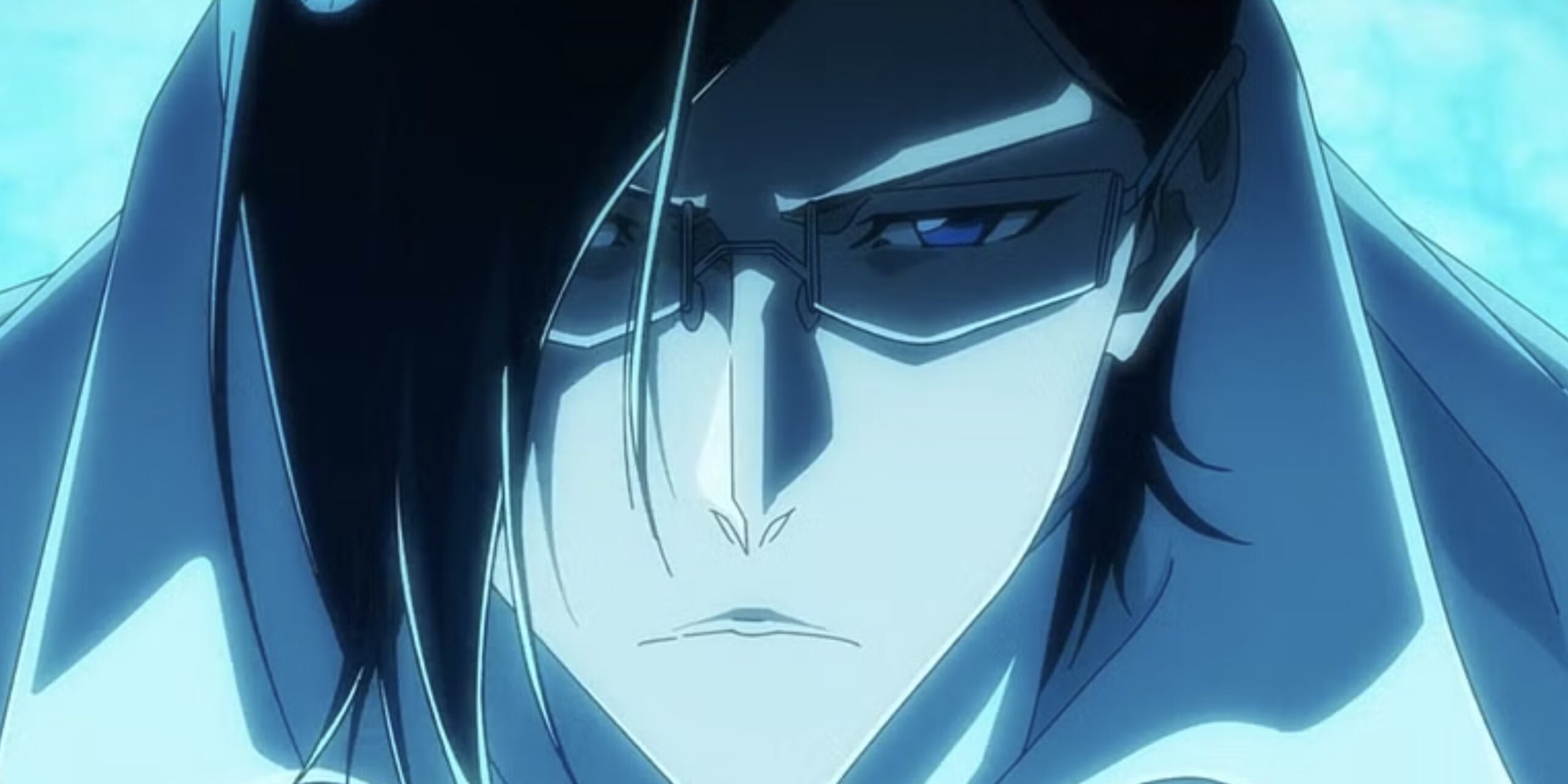
Over time, complex character layers got fleshed out, explaining Uryū’s childhood solitude and strained paternal dynamic motivating his solitary drive for perfection.
Yet Uryū showed glimmers of compassion, particularly toward classmates Orihime and Chad, even helping train the latter’s powers.
Throughout ups and downs, Uryū’s sparring rapport with Ichigo matured into hard-won mutual understanding and trust.
When Quincy King Yhwach returned, however, Uryū faced a crisis. His defection to the enemy Sternritter shocked and stung.
However, subtly unwilling to sacrifice innocent lives for Yhwach’s cause, Uryū held back.
At a critical moment, he turned his powers covertly against Yhwach, redeeming his allegiance, reconciling his conflicting backgrounds, and proving heroic.
8. Toshiro Hitsugaya
Despite his youthful appearance, stoic silver-haired prodigy Tōshirō Hitsugaya easily ranks among Soul Society’s mightiest and “coolest” captains, both in demeanor and elemental specialty.
Even before achieving bankai, Hitsugaya’s prodigious spiritual pressure garnered notoriety after rapidly rising to lead the 10th division well below shinigami adulthood despite lacking experience.
Further boosting popularity, Hitsugaya boasts one of the anime’s most powerful ice-type zanpakutō, summoning freezing dragon constructs, crystals, waves, and wings matching his icy intensity in battle.
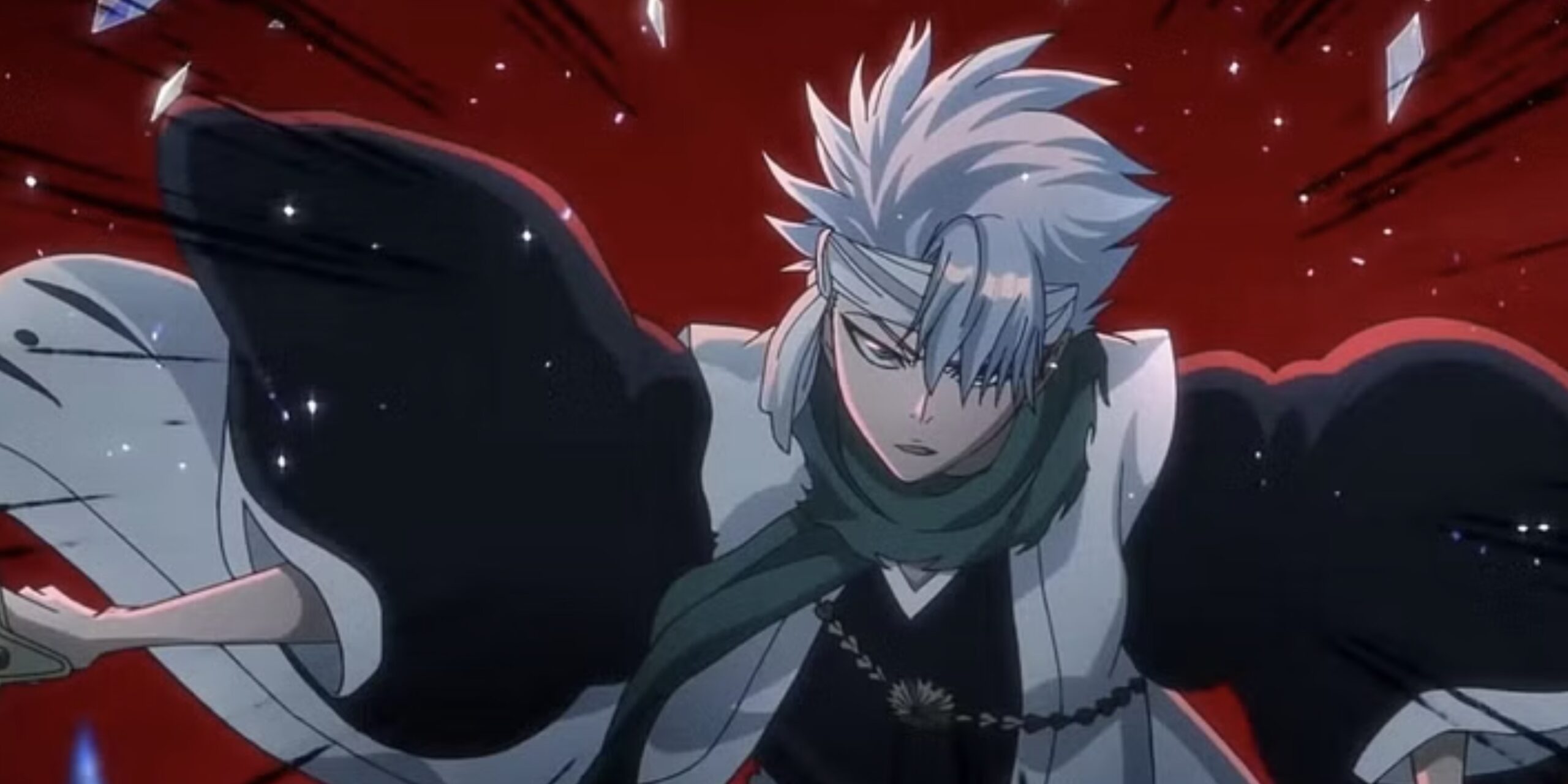
Yet behind the chilling exterior warms an honorable defender motivated by justice and duty.
During the Thousand-Year Blood War saga against Quincy tyrant Yhwach, loyal Hitsugaya unleashes the full force of his Bankai for the first time on-screen.
The sheer power literally transforms his physical form, aging the captain into an elegant, long-haired adult whose flowing robe and mountain-high ice wings make him appear equal in bearing to senior captains like Byakuya Kuchiki as he soars, slicing through enemies.
Beyond showcasing badass battlefield domination, Hitsugaya’s visually stunning bankai reveal demonstrates deeper character growth, no longer self-limiting his true potential out of fear but harnessing it with maturity to protect soul bonds.
For these symbolic and spectacle-driven reasons, Hitsugaya’s fight against Gerard won vast new fandom.
7. Orihime Inoue
When first introduced, gentle healer Orihime Inoue seemed depicted as a ditsy, emotionally-led redhead prone to flights of fancy and clumsiness played for laughs.
However, subtle hints of melancholy and bursts of compassion foreshadowed depth beneath the giggles. Over time, Orihime’s empathy, inner strength, and selfless devotion won over early detractors.
Gradually revealed, Orihime’s carefree innocence masks underlying pain from parental abuse and loneliness worsened by the tragic loss of her brother.
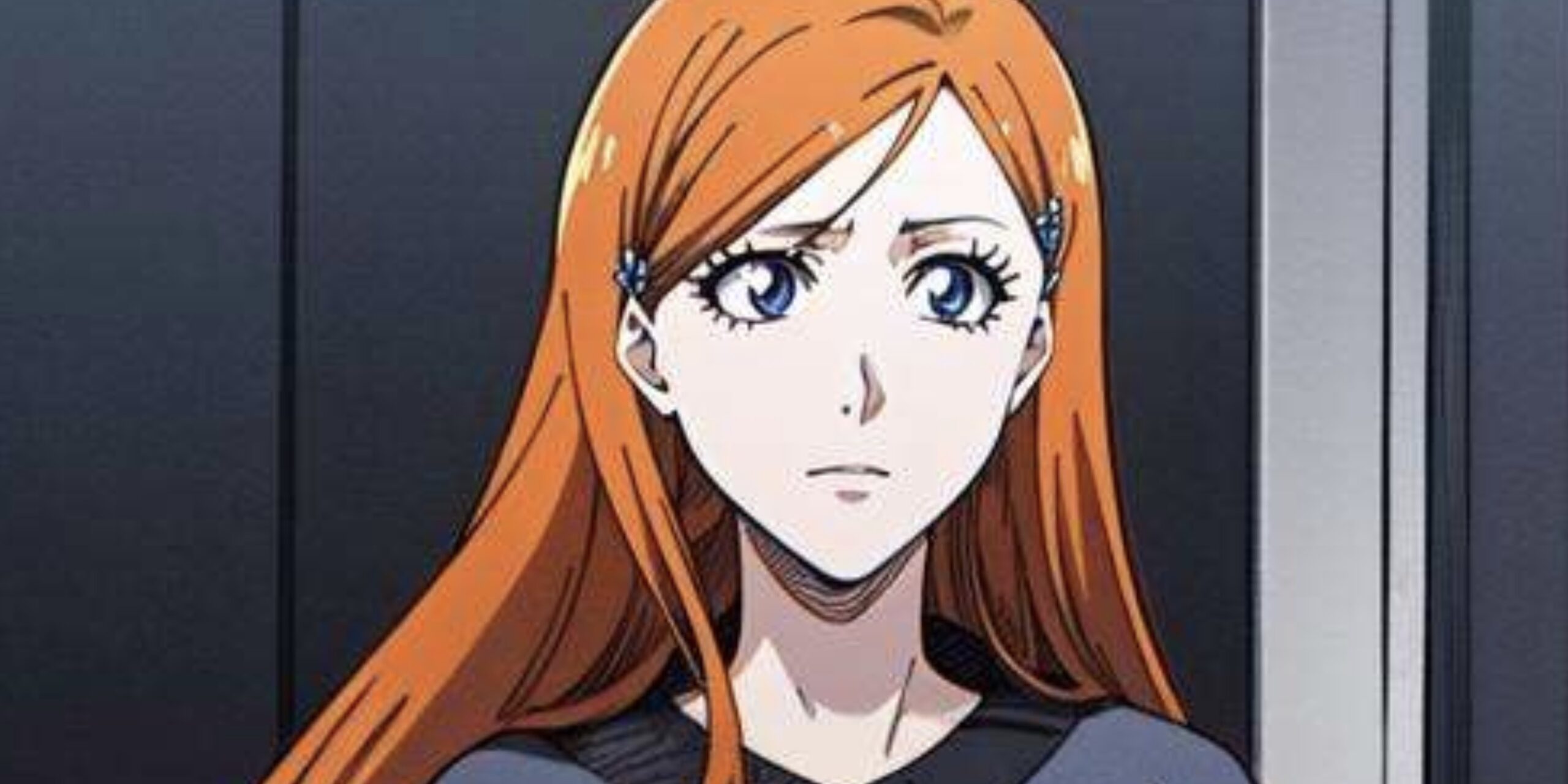
Yet despite inner turmoil, she channels nurturing energy into healing powers that evolve from reversing petty damage into literally reshaping reality to restore maimed bodies or severed lives.
Though physically frail with few offensive skills, Orihime displays exceptional spiritual pressure. Her sheer desire to aid Ichigo and her friends in battle sees her brave kidnappings, torture, traversing the darkest realms of Hueco Mundo unchecked to heal, empower, and fight alongside peers against impossible odds.
This courage and unyielding loyalty, more than any technical prowess, earned admiration.
Orihime’s emotional sincerity provides the series balance. Her power remains anchored by compassion, contrasting the destructive forces faced by pragmatic fighters.
By staying true to her peaceful nature despite the savage chaos surrounding her, Orihime’s presence reaffirms the humanity all warriors fight to protect.
Understanding this, fans grew to love the character behind the giggles who kept her gentle soul intact within a harsh world.
6. Byakuya Kuchiki
As the first captain prominently featured, noble Byakuya Kuchiki immediately defined the formidable power of Soul Society elites.
His swift defeat of hotheaded Ryoka Ichigo remains an iconic early battle. Behind the refined composure, scarf, and ceremonial hairpieces lies immense pride in ethics and absolute devotion to the law.
Byakuya’s ice-cold demeanor makes occasional glimpses of compassion dually poignant, from adopting orphan Rukia into his aristocratic house to subtly bending rigid rules to aid her.
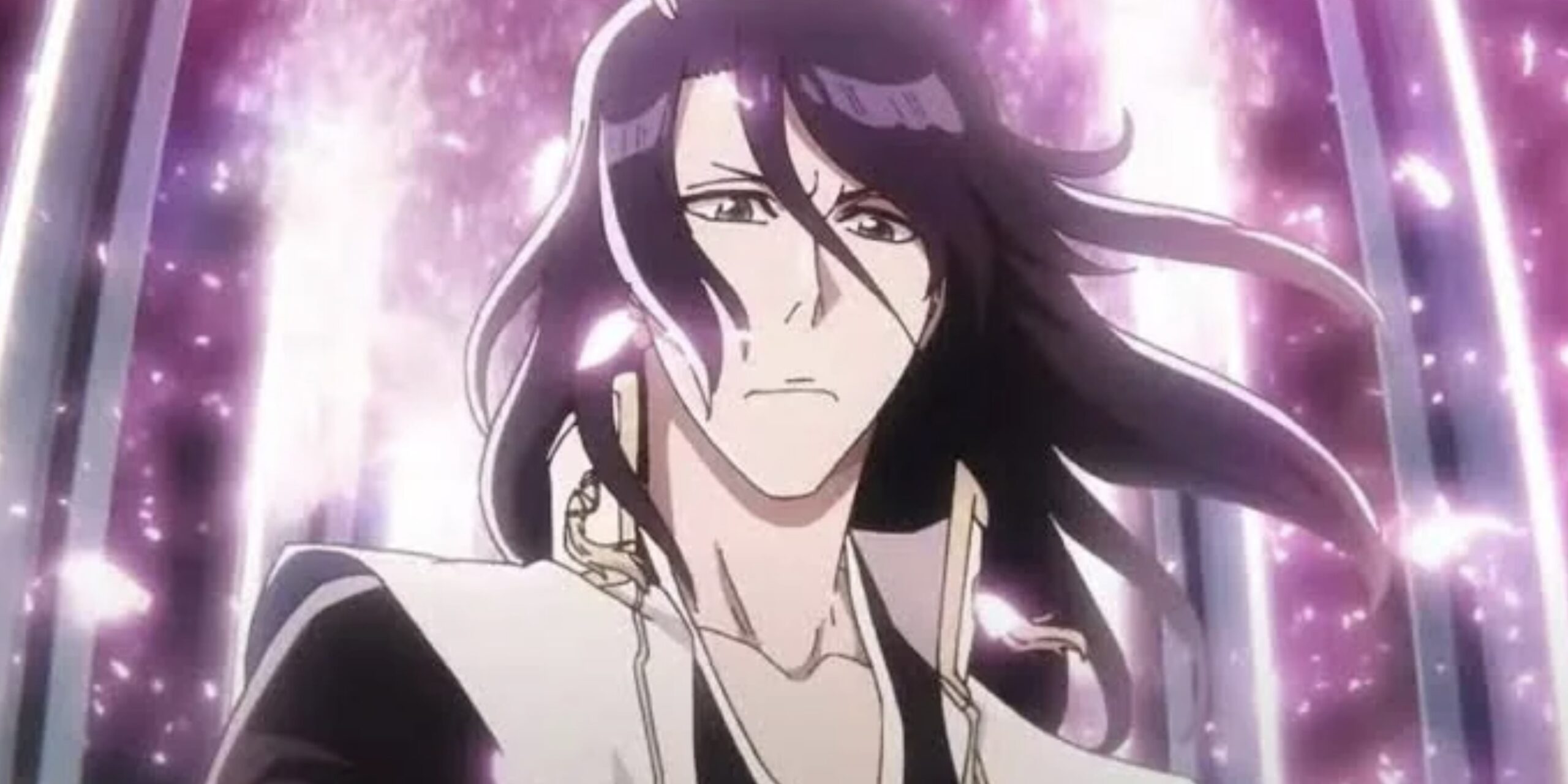
Still, he wears sternness like the ceremonial kenseikan headpiece – a symbol of his esteemed rank and heritage.
So when vicious Quincy As Nödt invades Soul Society, inflicting mental trauma that leaves refined Byakuya completely shaken, the unbreakable leader crumbling packs a visceral punch.
In the aftermath of encountering rival Ichigo, Byakuya’s simple request for help defending their shared home in its desperate hour shocks Ichigo as much as any wound.
The fandom reacted intensely to seeing the always-composed captain stripped of his self-assuredness and forced to confront weakness after losing his Bankai.
Byakuya’s small gesture of humility while recovering his resolve resonated deeply, humanizing the battle-hardened leader.
Few moments in the manga’s run elicit more identifiable empathy than seeing the mighty, self-serious Byakuya grappling with fallibility while keeping his dignity intact, earning him new respect.
5. Kenpachi Zaraki
The very name “Kenpachi” carries legend in Soul Society as the mightiest sword-master. Gruff and battle-scarred Zaraki live up to the title’s fearful repute through raw, aggressive, power-seeking worthy foes.
His savage fighting style pursues the thrill of violence – collateral damage awaits any battlefield or building around him.
Yet underneath the scowling bloodlust exists a personal code about only battling armed opponents fairly.

Zaraki likewise ensures no nameless corpses are left behind if squadmates fall. While fearsome and downright frightening toward enemies, he expresses gruff affection for his company, ensuring the 4th squad cares for injured junior members.
Zaraki’s sheer resilience and willpower also impress as when nearly fatally stabbed, he forces himself back to health through determination to keep fighting.
While a controversial captain who stresses administrators, Zaraki earns widespread respect from fellow warriors.
Allies know despite his indifferent leadership, chaotic temperament, and lack of kendo finesse, no captain is more eager to buy time defending Seireitei from invading threats through sheer love of fighting.
For devoted bleach fans, Zaraki provides brutal comic relief and adrenaline-surging action sequences and embodies battle-craving catharsis.
His one-track mindset counters more philosophical captains, and seeing Zaraki’s barely-restrained excitement to fight anything deemed sufficiently threatening makes for supreme entertainment.
4. Kisuke Urahara
Brilliant yet enigmatic Kisuke Urahara’s history and scientific ingenuity have unraveled slowly and intrigued fans for decades. Early on, Urahara owned the humble Urahara Shoten shop, selling ordinary goods to spirits.
But his shadowy past hid covert training grounds below and advanced reishi tech hinting at more. Eventually, revelations elevated him to close to Soul Society’s co-founder status.
As a former 12th Division captain pioneering the Research and Development Institute, quirky Urahara devised foundational Shinigami weapons programs, designed processes stabilizing passage between realms, supervised monitoring systems, and established investigative tactics – innovating much infrastructure key to Soul Society’s function.
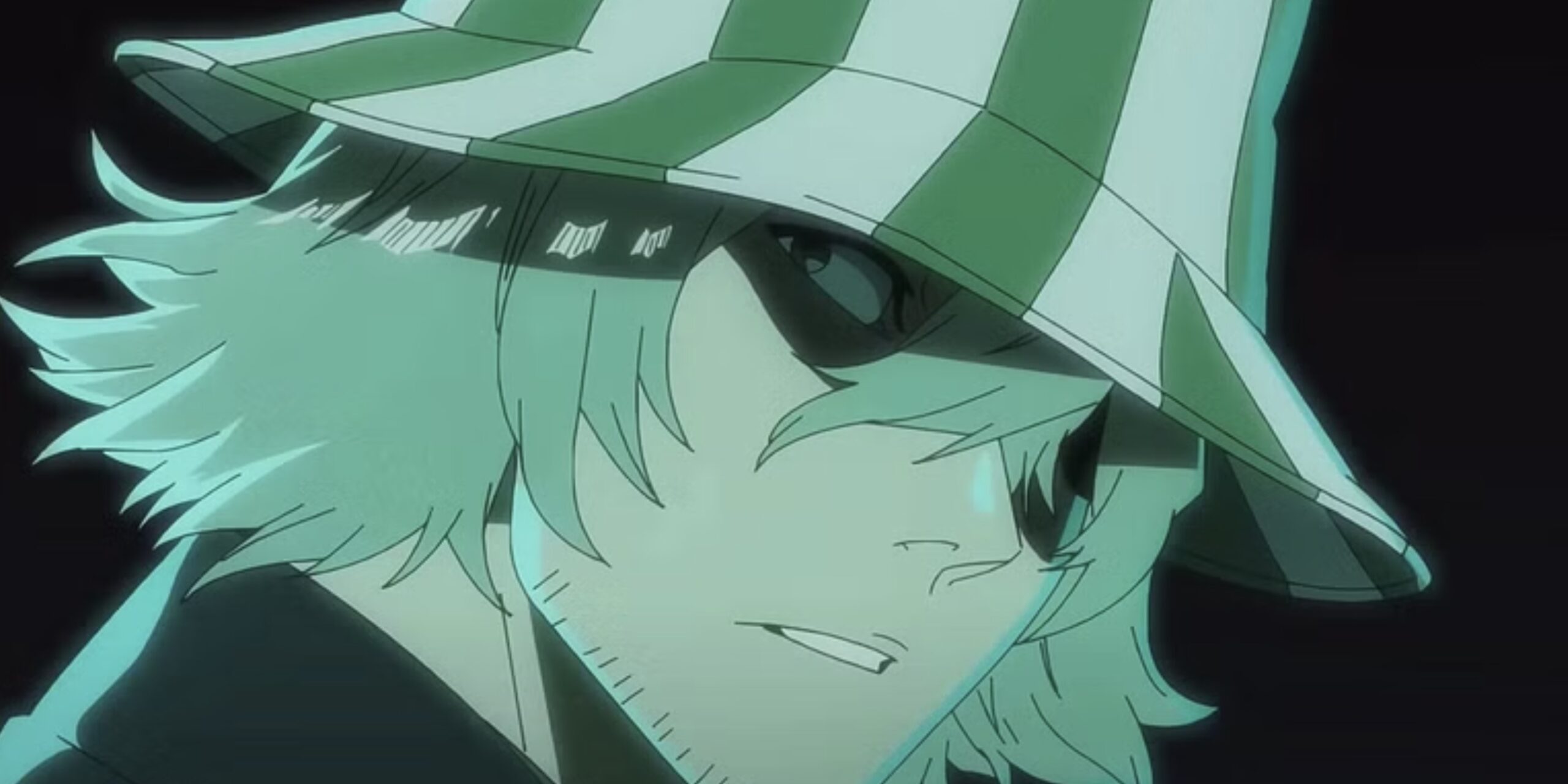
However, authority clashed with his scientific curiosity and unconventional experiments the Central 46 deemed too radical. His protege, Hiyori Sarugaki, took the fall for these controversial efforts.
To return the loyal favor and clear her name, Urahara agreed to exile.
This decision is intricately tied to Yoruichi Shihoin, who forfeited her 2nd Division Captain and Onmitsukido Commander roles to help Urahara and Tessai Tsukabishi escape.
Her sacrifice hinted at their deeply intertwined past. Urahara’s ingenious versatility has since continued aiding Ichigo and company from his classic candy shop base.
Throughout Bleach’s chronology, Urahara incrementally revealed cunning foresight, tactical genius, Enigma-level analytical ability, spell-casting mastery, and research illuminating Shinigami origins – alongside playful antics masking intense focus.
As crucial mysteries and fights culminated, Urahara unleashed his Bankai for the first time, flexing substantial reiatsu. Among fans, he’s considered one of Bleach’s most impressive minds and multifaceted characters.
3. Rukia Kuchiki
While many pivotal figures enabled Ichigo’s ascent as a Substitute Soul Reaper hero, petite Rukia Kuchiki made the fateful initial connection.
After her wounded form stumbled through his bedroom wall from a hollow chase, she permanently intertwined their destinies by transferring half her spiritual pressure to awaken his dormant powers that fateful night.
From then on, an unbreakable bond formed between the two, not quite siblings yet closer than friends.
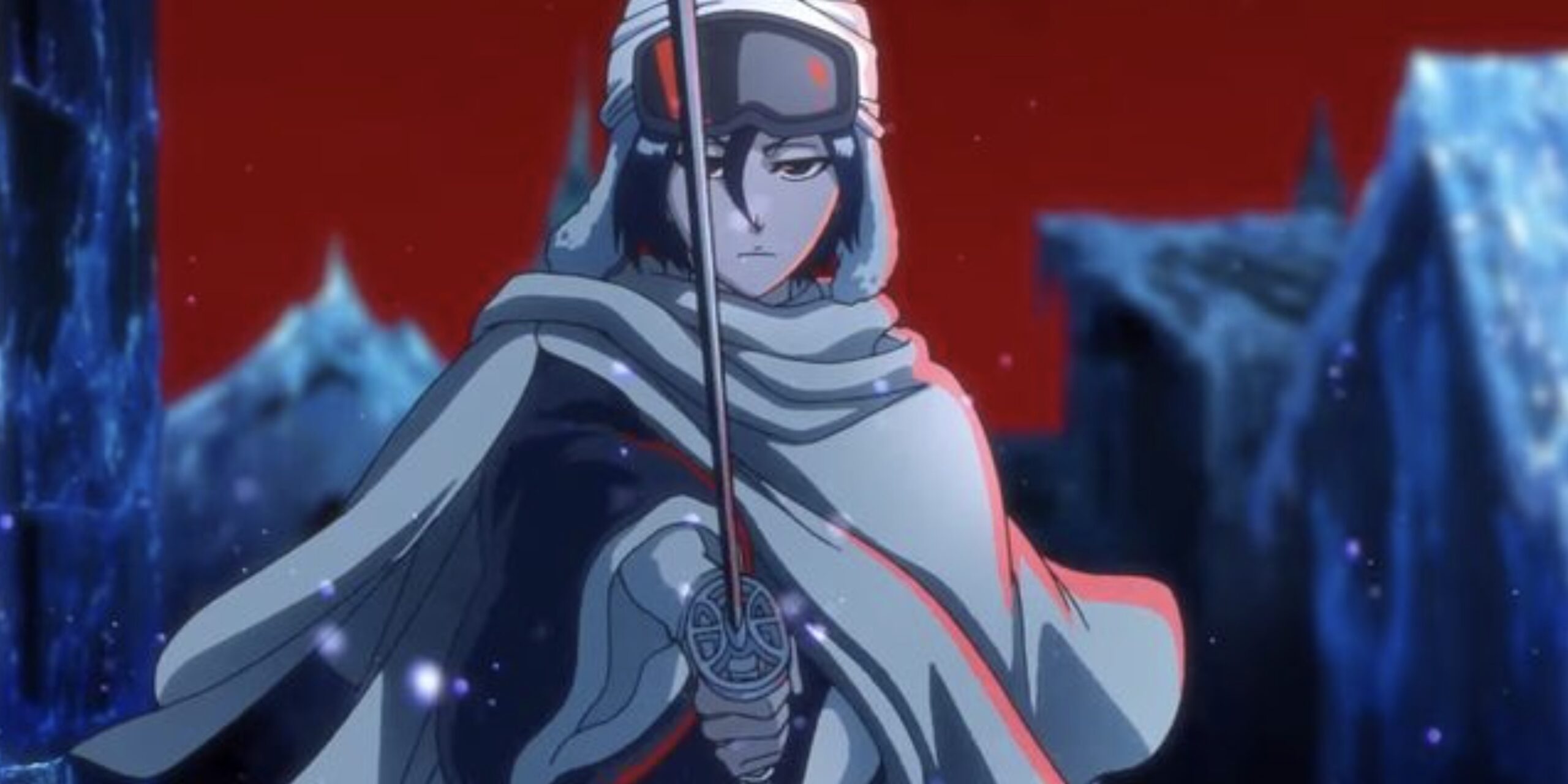
Rukia’s firm but compassionate mentorship nurtured Ichigo’s rapid growth while regularly fighting by his side against escalating threats with steadfast loyalty.
Their emotional affinity allowed her to ground Ichigo’s volatility with sage wisdom or sobering scolds when needed.
A masterful kidō expert covering well her average swordsmanship, Rukia later revealed a magnificent bankai during the Quincy insurgence.
Commanding absolute zero ice, her techniques freeze targets to their molecular level almost instantly – among the anime’s deadliest abilities.
Yet she wields that incalculable power judiciously with the balanced perspective of an experienced officer and deepened maturity.
Throughout years of fighting back-to-back, the extremes Rukia went to aid Ichigo – defiantly breaking rules that could have stripped her Shinigami status or marching through deathly terrain in Hueco Mundo – proved profound devotion transcending friendship into familial territory.
That unwavering support, as much as any action scene, earned Rukia a special spot in Bleach fans’ hearts.
2. Sosuke Aizen
Among Bleach’s extensive villain lineup, none prove more cunningly charismatic than multilayered Sōsuke Aizen. Initially the mild-mannered Captain of Squad 5, his polite scholarly facade veiled underground ambition, secretly coveting godlike power through ethically dubious experiments on spirits.
Behind benevolent glasses, Aizen incrementally masterminded decade-spanning plans capitalizing on others’ perceptions to position himself perfectly.
Whether manipulating perceptions or souls themselves through his Zanpakutō’s “Complete Hypnosis” abilities, Aizen demonstrates consummate composure, outmaneuvering enemies long before they realize traps have sprung.
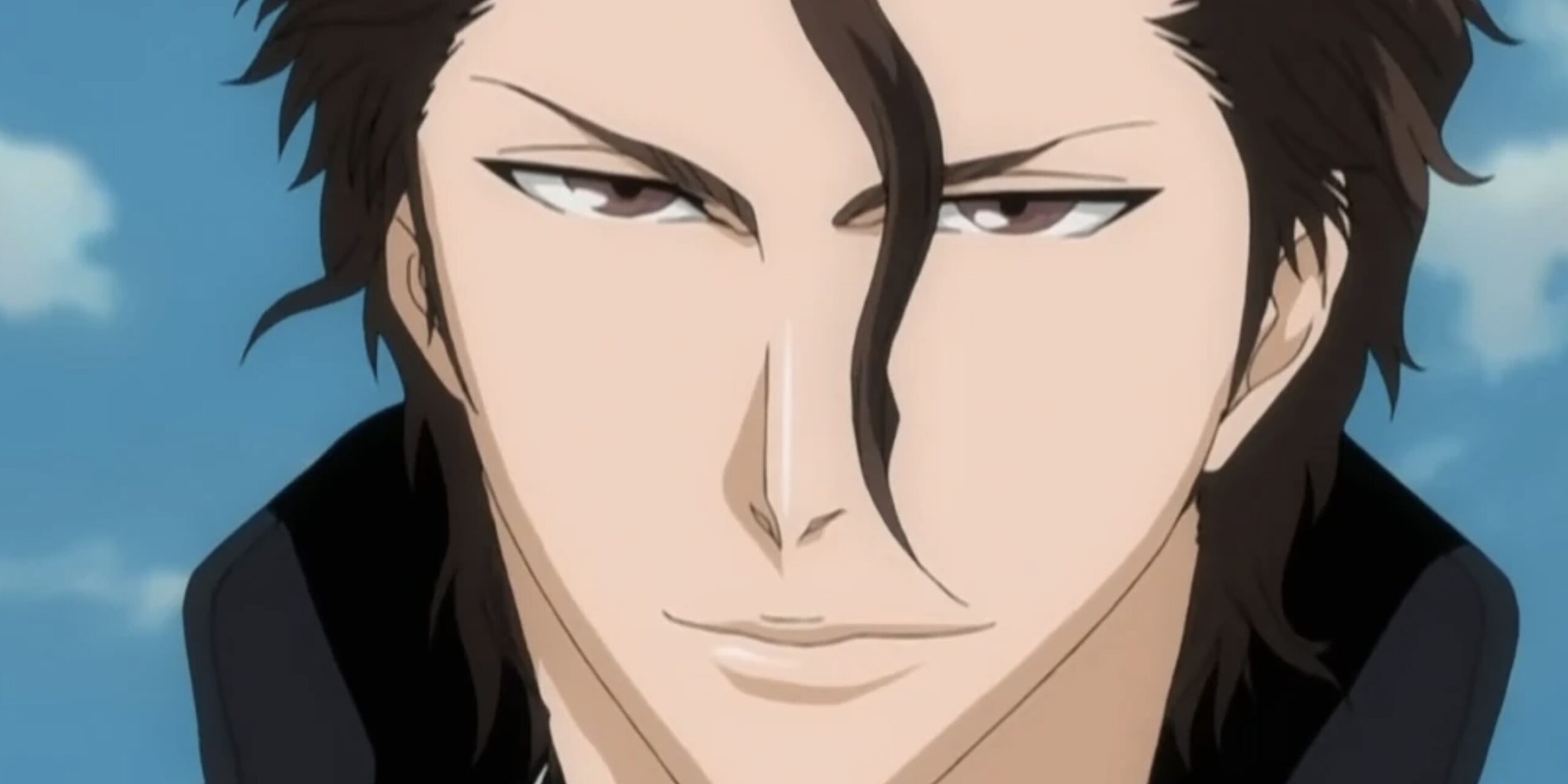
Complementing strategic genius, Aizen boasts unequaled proficiency using Kidō spells for both offense and intricate illusion-weaving. His spiritual energy similarly reached transcendent levels – rare prodigiousness attracting Yhwach’s recruitment overtures.
While morally bankrupt actions, including hollowing comrades for research, make Aizen undoubtedly villainous, fans favor him partially through the ‘love to hate’ appeal. His verbose boasting, snide mind games, and sheer audacity in performing forbidden experiments under colleagues’ noses proved darkly magnetic.
Viewers also appreciated the ever-escalating challenges his cunning presented to protagonists. For driving suspense and upending assumptions, Aizen qualified as a perfectly written antihero antagonist, keeping fans continually captivated and then vexed by his slipperiness.
1. Ichigo Kurosaki
As the manga’s central figure, Ichigo Kurosaki’s journey from surly teenager to heroic warrior justly earned immense popularity.
Early on, Ichigo’s brash stubbornness and cynicism rooted in his mother’s death conveyed youthful angst relatable for readers. While quick-tempered and initially dismissive of supernatural concerns outside the family, his innate drive to aid others despite perpetual scowls signaled buried nobility.
Over time and in many battles, mentor figures like sage Captain Ukitake helped thaw Ichigo’s lone-wolf reluctance to collaborate with allies for the greater good.
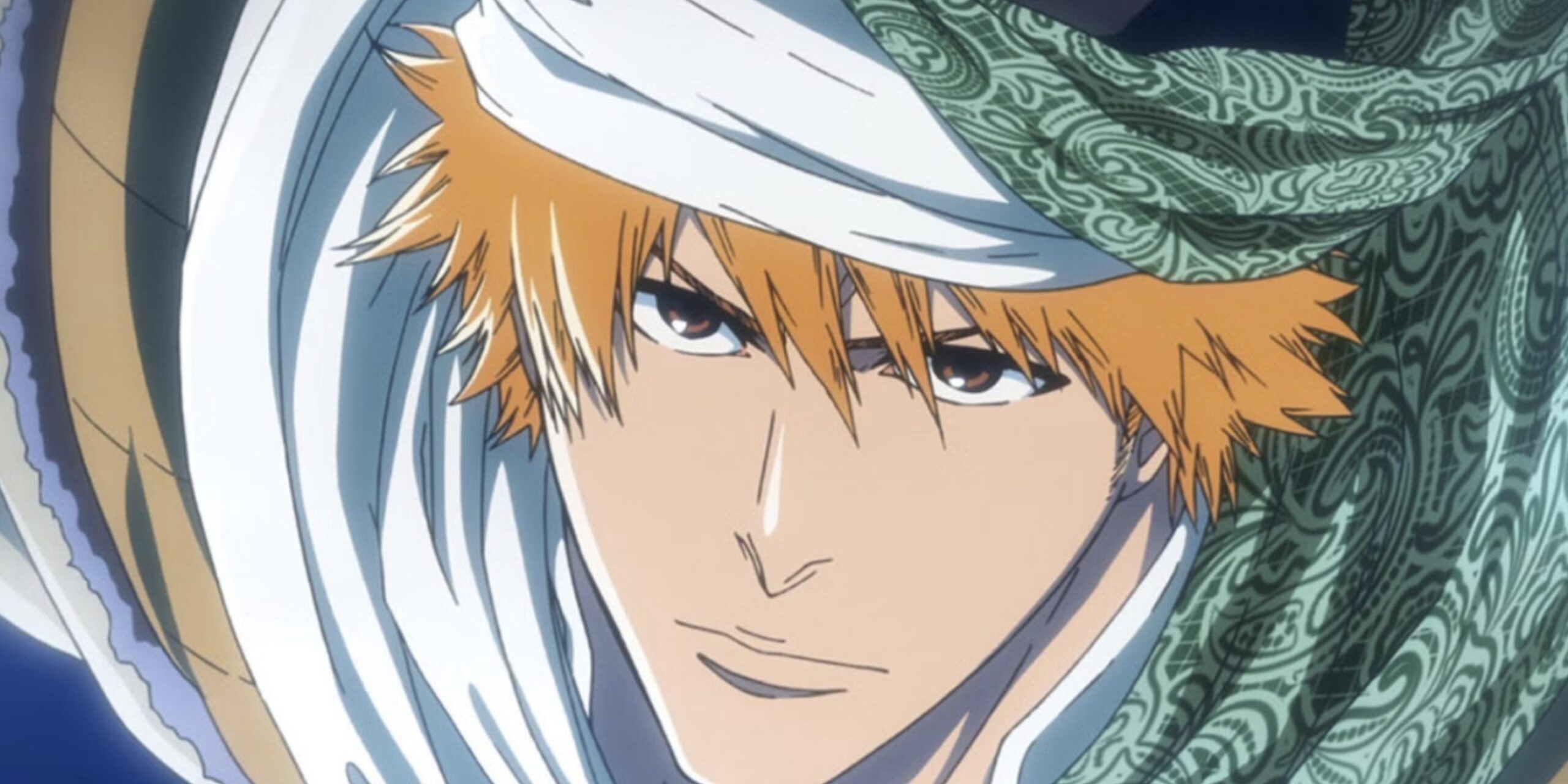
Through painful losses and hard-won victories, Ichigo cultivated patience and perspective to lead teams like the Visoreds against shared threats. His Empath powers also developed, able to reconnect even mentally compromised foes to their dignity.
As stakes raised from hometown disputes to clashes shaking Soul Society foundations, Ichigo bore the expectations of protecting entire realms while balancing schoolwork.
Resolve fueled him to grow exponentially stronger, slaying god-level enemies. However, he rejected the popular “hero” label, simply fighting to guard comrades from harm. That sincerity and tenacity resonated profoundly.
In the end, Ichigo fulfilled the meaning of his name – “one who protects” – while maturing from an impulsive youth to a steadfast guardian who could rally squabbling factions.

